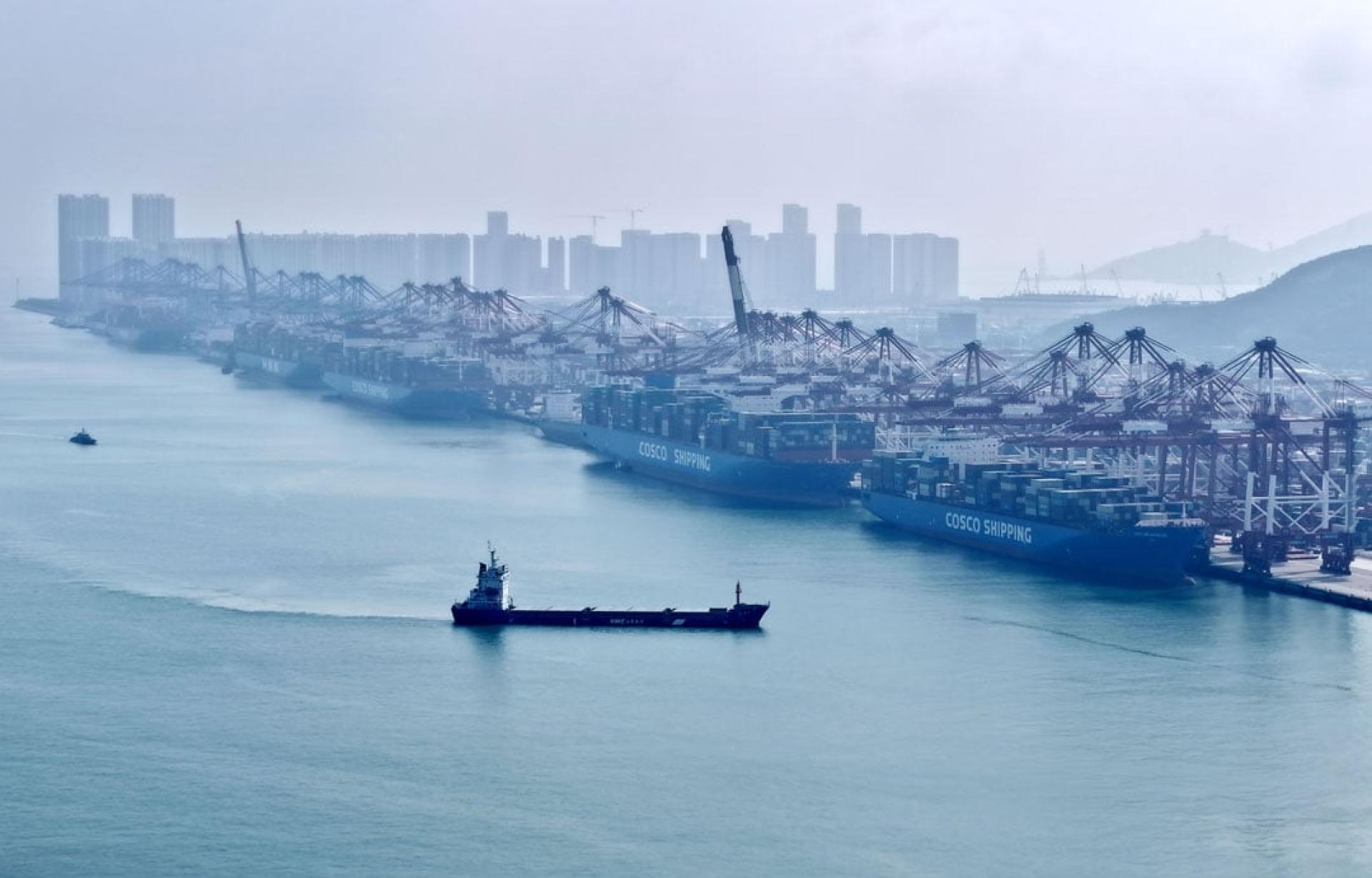China’s total import and export value grew by 3.5% in the first seven months. The Ministry of Commerce said on the 21st that this was related to expanding diverse trading partners. In the first seven months of the year, imports and exports with emerging markets grew 5%, with imports and exports with ASEAN and Africa rising by 9.4% and 17.2% respectively, significantly higher than the overall growth.
According to figures released by the General Administration of Customs of China on the 7th, in the first seven months of this year, China’s total import and export value was 25.7 trillion yuan (approximately 15.13 trillion ringgit), an annual growth of 3.5%, with the growth rate increasing by 0.6 percentage points compared to the first half of the year.
According to a release on the Ministry of Commerce website, MOFCOM spokesperson He Yungqian said at a regular press conference on the afternoon of the 21st, "Since the beginning of this year, the risks and challenges faced by international economic and trade development have increased significantly. Against such a complex backdrop, China’s foreign trade has remained stable with steady progress. The cumulative growth rate of imports and exports has recovered month by month, achieving growth of 3.5% in the first seven months. The improvement in both quantity and quality has not been easy."
He Yungqian analyzed the factors supporting trade growth: firstly, supportive policies. Taking finance as an example, in the first seven months, China Export & Credit Insurance Corporation (Sinosure) provided short-term insurance coverage totaling 573.5 billion US dollars, an increase of 14.7% year on year; the Export-Import Bank of China issued over 700 billion yuan in new loans for foreign trade fields.
● Expanding Diversified Trading Partners
The second factor is expanding diversified trading partners. He Yungqian pointed out that, in terms of diversified cooperation, in the first seven months, China’s imports and exports to emerging and other markets grew by 5% year on year, accounting for 65.5% of the total, up 0.9 percentage points year on year. Among these, imports and exports with ASEAN and Africa rose by 9.4% and 17.2% year on year, both significantly higher than the overall growth; imports and exports with Belt and Road Initiative countries grew by 5.5% year on year, with their share rising to 51.7%.
She noted that the upward and innovative momentum of foreign trade has become more consolidated. In the first seven months of this year, exports of electromechanical products increased by 9.3%, accounting for 60% of total exports, up 1.1 percentage points year on year. High-tech and high value-added products such as smart home appliances, electric vehicles, industrial robots, and ships maintained rapid export growth.
However, He Yungqian stated that global economic and trade development still faces considerable uncertainties. Several international organizations have pointed out that rising tariff barriers have significantly increased the cost of global trade, seriously affecting the efficiency and stability of global industrial and supply chains, and global trade still faces downside risks.
